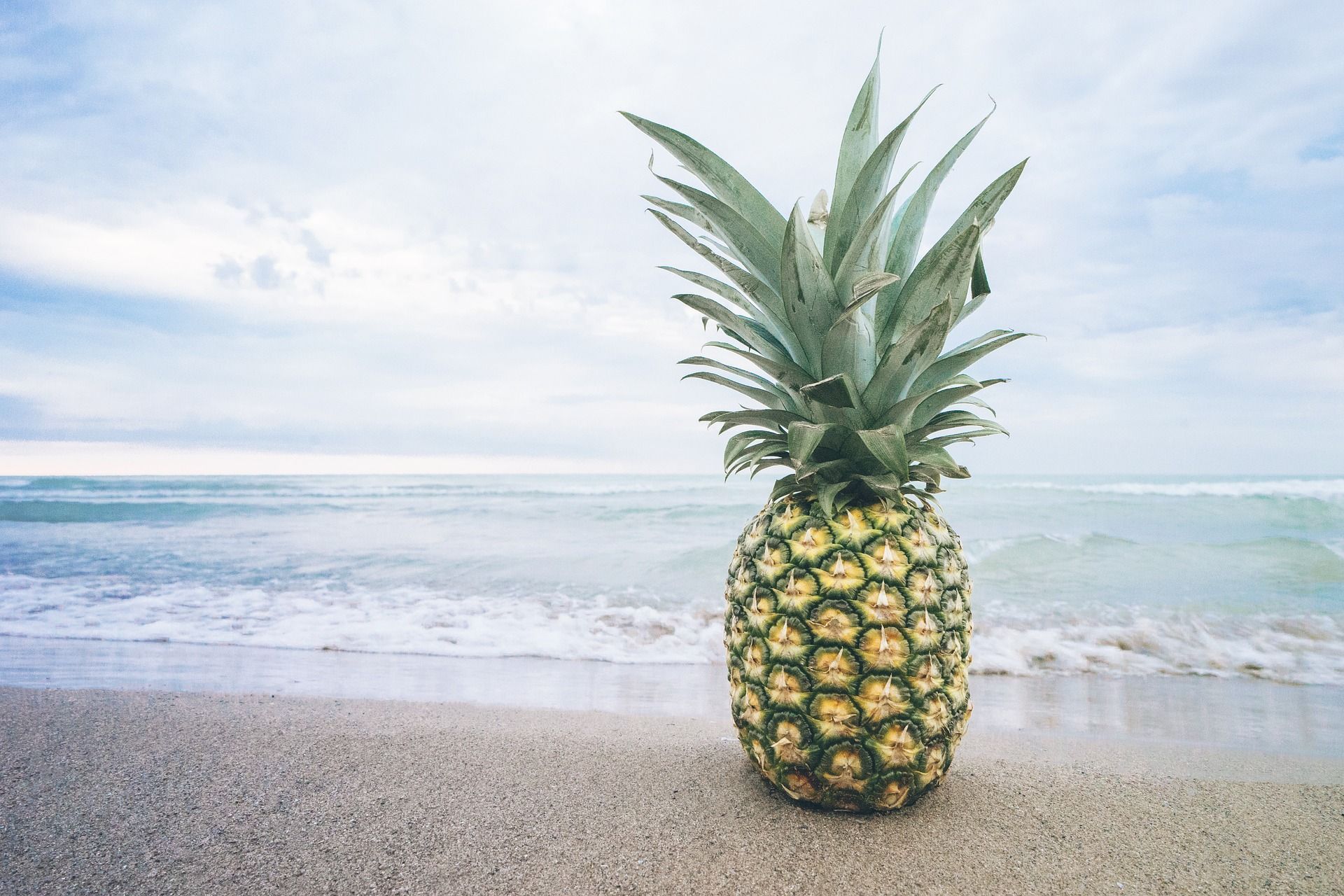
Check out what kind of fruits you can find in Malaysia!
Fruit-enthusiasts’ paradise – Malaysia. The tropical climate creates a luxuriant plant life and produces a wide and remarkable diversity of edible and succulent fruit. Located on the Malaysian Peninsula and part of the island of Borneo, Malaysia is blessed with vibrant tropical climate where perennial heat and abundant rainfall permit a wide variety of delicious fruit to flourish.
Malaysia is home to indigenous tropical fruits, such as durian, mangosteen, cempedak, pomelo, rambutan, duku-langsat, and snake fruit. While papaya, guava, ciku, soursop, mango, jackfruit, starfruit, and watermelon, were introduced over the years.
Some Malaysian fruits are seasonal while others are easily available throughout the year. Seasonal fruits such as durians, mangosteens, rambutans, mangoes, langsat, and pomelo, are generally available between June and August and between November and February. The non-seasonal fruit are papaya, guava, banana, and pineapple.
Tropical fruits are rich in vitamins, minerals, protein, carbohydrates, acids, fats, and fiber. They are very popular among the local people as they are not as expensive as imported fruits like apple, avocado, kiwi-fruit, and grapes. Fruits are eaten at any time of the day in Malaysia and the durian is often eaten with glutinous or plain rice in a very delicious and satisfying dish.
Durian: The King of Fruit
The durian is the most popular local fruit in Malaysia. It is fondly regarded as the “King of Fruit”. A durian is about the size of a football with a thick and fibrous husk covered by sharp spines. The flesh or pulp is creamy, white, yellow, or golden yellow and has a strong flavor and aroma. The durian is often eaten together with the mangosteen.
Durian season: June to August
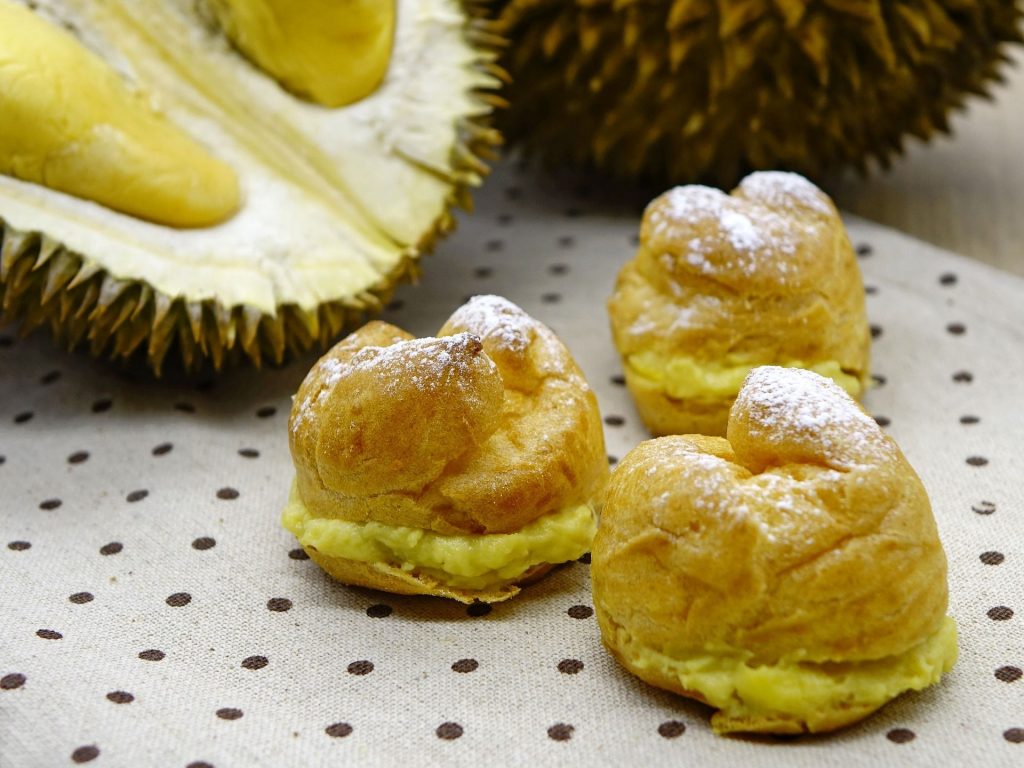
Mangosteen: The Queen of Fruit
Commonly referred to as the “Queen of Fruit”, mangosteen is often eaten after hearty meal of durians. This delicate, globular fruit has a leathery, purplish-brown skin that encloses four snowy-white segments of edible flesh. Mangosteens have a sweet, pleasant taste and are rich in Vitamin C and essential minerals.
Mangosteen season: June to August
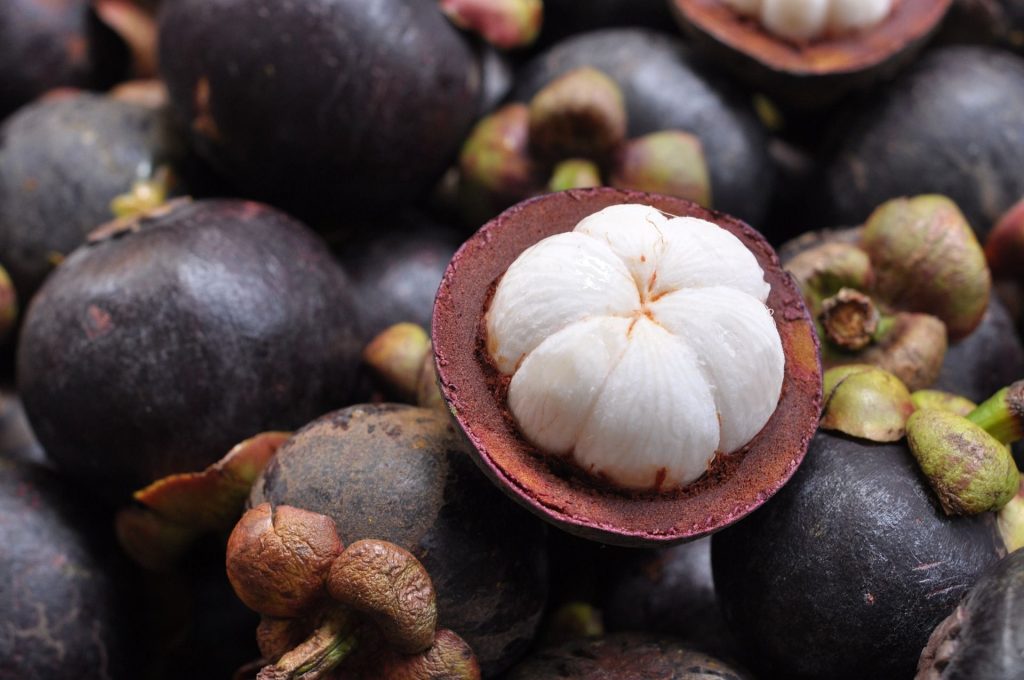
Cempedak
An exquisite native Malaysian fruit and cousin to the jackfruit, the cempedak is a favourite fruit in Malaysia. The cempedak exudes a distinctly strong smell when ripe. The waxy, golden-yellow flesh is custard-like, juicy, and sweet and has a pleasant smell. It can be eaten fresh, deep-fried in oil, or processed into refreshing juice. The seeds are edible when roasted or boiled in salty water and have nutty flavour.
Cempedak season: May to July
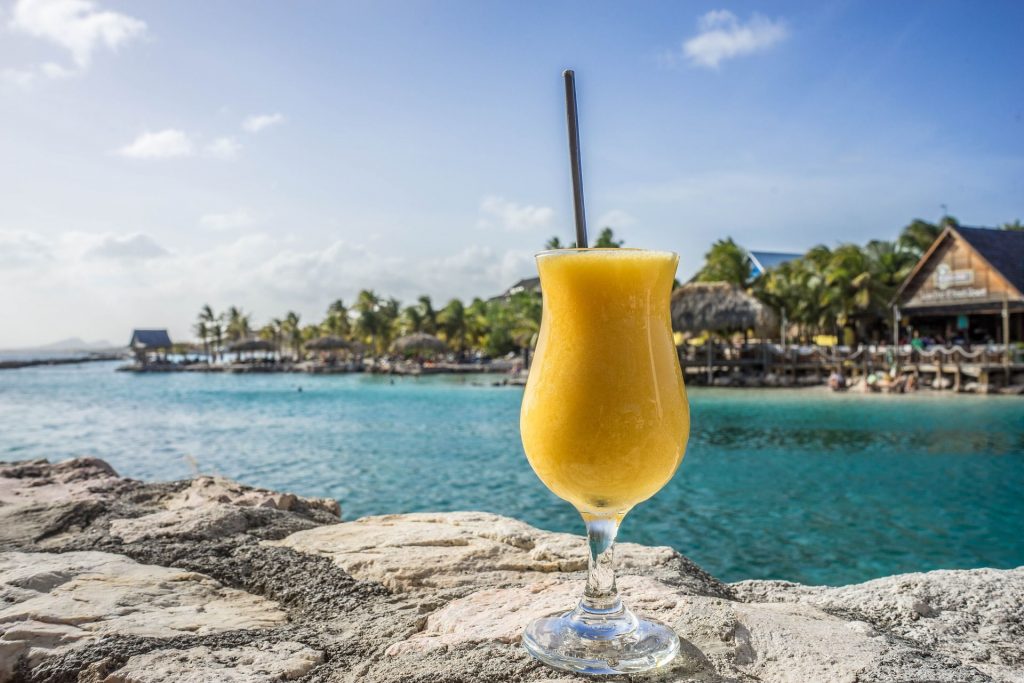
Rambutan
A very popular native fruit and a cousin to the Chinese lychee, the rambutan is named because of its hairy skin. The yellow or red rambutan is rich in vitamin C and essential minerals. The translucent flesh is soft, sweet, and juicy. The rambutan is best eaten as a refreshing treat in the hot, humid weather of Malaysia.
Rambutan season: June to August
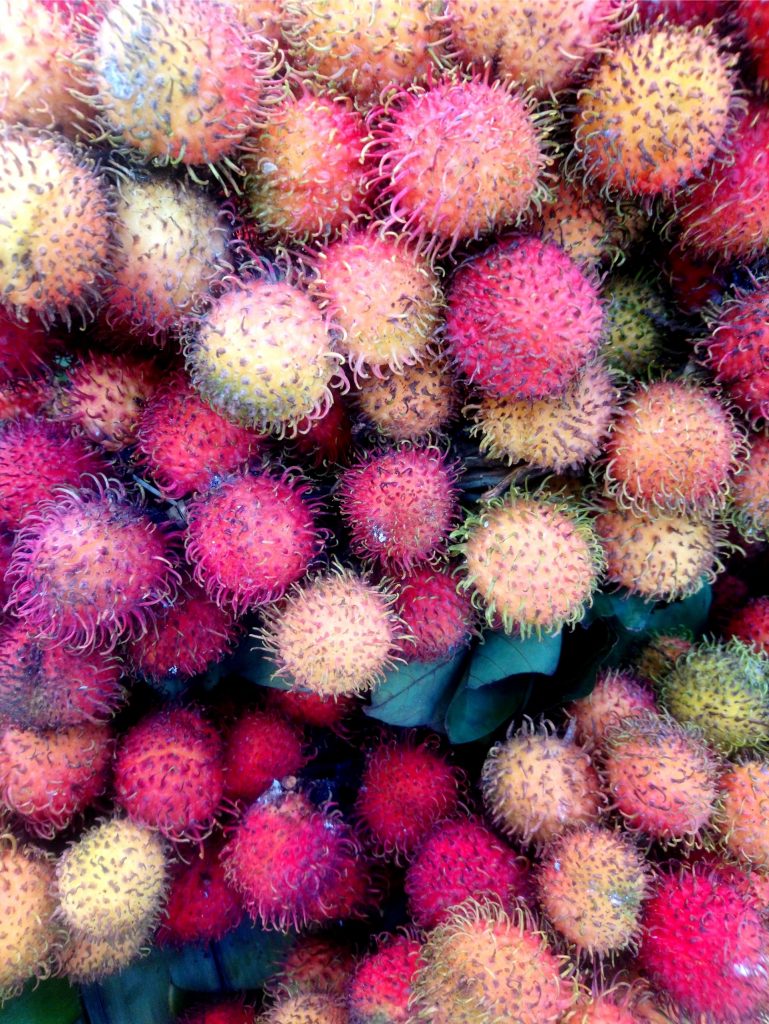
Papaya
The papaya is popular for its sweet and succulent thick flesh, in a yellowish or pinkish-orange color. Papaya is packed with enzymes for digestion, as it is loaded with vitamin C, vitamin A and calcium. Papayas are ripe when their entire skin turn yellowish orange in color, so don’t eat them while they’re still green or they’ll be hard and not very sweet on the inside.
Papaya season: available all year around
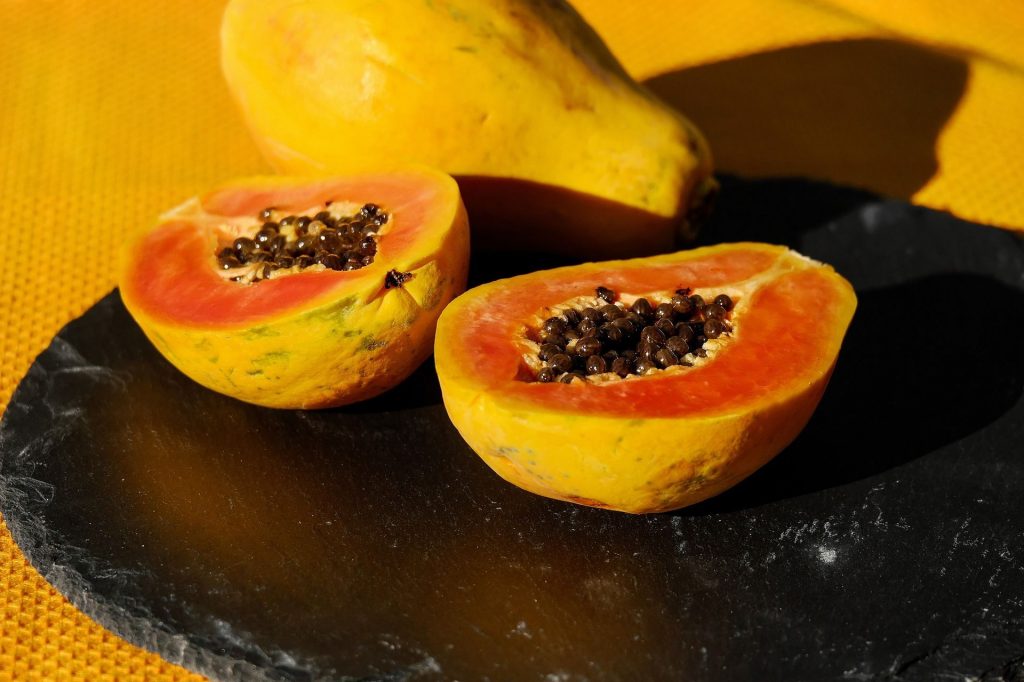
Jackfruit
The jackfruit is a cousin to the cempedak, one of the largest tropical fruits in Malaysia. The golden flesh around the seed is succulent and has very distinctive taste. Often compared to honey, the taste of jackfruit is very sweet. The seed is edible when boiled or roasted and is very nutritious. Unripe fruit serves as a vegetable in many local dishes. The ripe fruit often ends up in soups, ice creams, and fruit salad.
Jackfruit season: available all year round
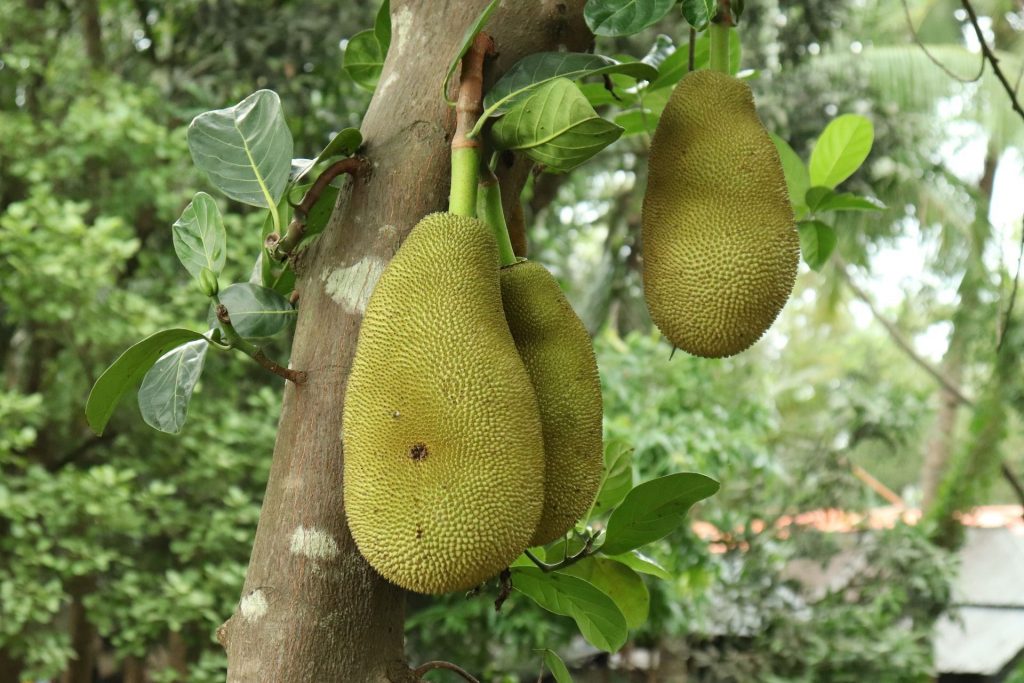
Duku Langsat
The duku langsat is native to Malaysia. Usually eaten fresh, the fruit’s flesh is translucent and has a delicate and sweet flavor. Other than edible fruit, the duku langsat tree also has numerous medical values. The powered seeds are used for ulcer treatment, whereas the bark is used for scorpion stings treatment and malaria, while the skin can be dried and burned as mosquito repellent incense.
Duku Langsat season: July to August
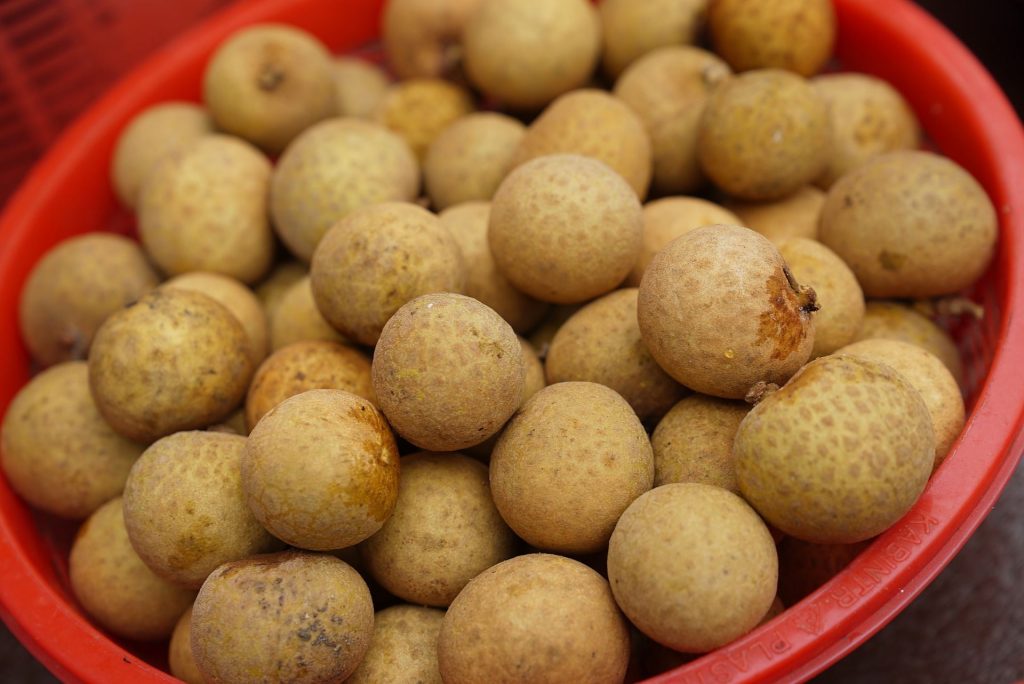
/Information taken from KL Guide. First Free Travel Guide in Malaysia/